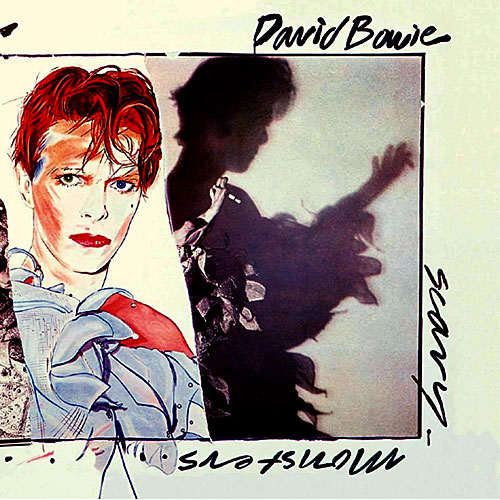David Bowie 1947-2016
Late 70s
Whether Bowie was where the action was or the action was where David Bowie was, sometimes it was hard to assess, but for sure the seismic plates of history were shifting under the studio during the next recording. The iron curtain still firmly divided Europe and nowhere more so than in Berlin where David and Iggy were famously holed up. The subsequent music provided an atmosphere backdrop to the emerging punk scene in London.
�
A suitably mysterious return to the UK stage playing keyboards with Iggy in 77 cemented the myth. The stark black and white stage lights highlighted the unseen all persuasive Bowie influence and fitted the mood of the times perfectly. He was soon to step back out of the shadows.
�
Low and “Heroes” were recorded with collaborators Brian Eno, Tony Visconti and he adopted new approaches to the songwriting process. In an interview for French radio, Bowie said, “Berlin has the strange ability to make you write only the important things. Anything else you don’t mention… and in the end you produce Low.” Surrealism and experimentation were the themes of the day, and the incorporation of cut-and-paste techniques into unique instrumentation birthed what are now heralded as luminary ambient soundscapes. Released in 1977, Low confused RCA and though the masses were not quite sure what to make of the effort, the single Sound and Vision eventually hit No. 2 on the British charts.
�
The second in his three-album triptych, “Heroes” prominently features Robert Fripp on guitar and a more optimistic outlook overall. One of his greatest singles, the title track from this album recounts a romantic liaison between lovers near the Berlin Wall. His next foray into film occurred in Just A Gigolo, which he described as “all my thirty-two Elvis Presley movies rolled into one.” March of 1978 found him on tour again, and during a May break he narrated Peter and the Wolf with the Philadelphia Orchestra, the first of many children’s projects he would consistently support over the years (now out of print, the result was a collectible green-vinyl album). Stage was released in September 1978, culled from his recent tour of the States, and features live material from his “Berlin” period. A relocation to Switzerland was to follow, abandoned frequently due to his ever developing love affair with the exotic Indonesia, Africa and the Far East.
�
Recorded in France, Lodger was released in May 1979, and by the end of the year he was again in the studio. Rehearsals also began for his Broadway debut, in the part of the The Elephant Man, which opened in September 1980 to rave reviews.
The 80s
In the same month, Scary Monsters was released and Bowie also recorded Under Pressure in 1981 in Switzerland and the song appeared on Queen’s album Hot Space the following year. The song reached No. 1 in the UK.
�
After this period, he dropped out of the public eye, while remaining involved with various film projects. 1982 saw him playing the male lead in The Hunger, the role of Celliers in the captivating World War 2 drama Merry Christmas, Mr. Lawrence, alongside Tom Conti and Ryuichi Sakamoto …writing the theme song for the movie Cat People. Another greatest hits compilation, ChangesTwoBowie, came out in 1982.
�
In October 83, RCA released Ziggy Stardust: The Motion Picture Album, capturing the energy of Ziggy and the Spiders during their last show. Shortly thereafter, the movie, originally filmed in 1973, was also released.
�
Officially signed to EMI in 1983, the album Let’s Dance followed along with the world-encompassing Serious Moonlight tour. Bowie had brilliantly reinvented himself once again. This time as the ultimate rock star, just in time to be at the forefront of stadium rock and a new era of mass media fuelled mega stardom. Selling at least 7 million copies, Let’s Dance became the most commercially successful album of his career and massively influenced a whole host of artists, including Duran Duran, Spandau Ballet and Boy George.
The album, produced by Chic mastermind Nile Rodgers, was perhaps the most straightforward album of his career. It was a collection of elegantly produced, impeccably sung dance floor numbers including the Motown-styled Modern Love, the darkly romantic China Girl (first cut with Iggy Pop in Berlin) and a remake of the movie theme Cat People. All of the above were substantial radio hits, as was the glossy and romantic title track. The upbeat romantic theme extended to his next album Tonight (1984), though the single Loving the Alien drew a prophetic scenario on the Islam/Christian tensions.
�
A moving appearance at Live Aid (where he dedicated “Heroes” to his young son), a duet single with Mick Jagger, and the heavily theatrical Glass Spider tour (with lead guitar by Peter Frampton) all kept up Bowie’s popularity. In 1988 brought the biggest surprise of all. Another sharp left turn: he had formed a new band, Tin Machine, with the Sales Brothers (Hunt and Tony, sons of Soupy) and a hot guitar find from Boston, Reeves Gabrels. He was adamant that this would be a full-time band, not a superstar solo project. On their two million-selling albums (plus a limited edition live disc), Tin Machine proved their mettle as a modern alternative live act, with a stripped-down guitar sound, all-new material and a few real surprises (a Pixies cover!). Some fans loved it, others were confused by it and Tin Machine was on hiatus by 1992. Meanwhile, Bowie set out on Sound and Vision with his first full-fledged greatest hits tour, recruiting long-time collaborator Adrian Belew to play lead guitar. In an innovative move, fans were allowed to pick the songs via phone poll. An album of the same name accompanied the tour on Rykodisc.
|
|
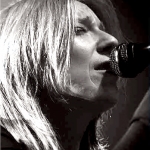
|
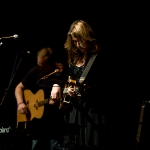
Beth Nielsen Chapman |
LATEST GALLERY IMAGES
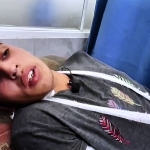
Where Israel Goes, Misery Follows 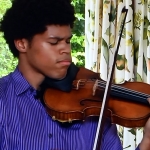
The Kanneh-Masons |
|
|



